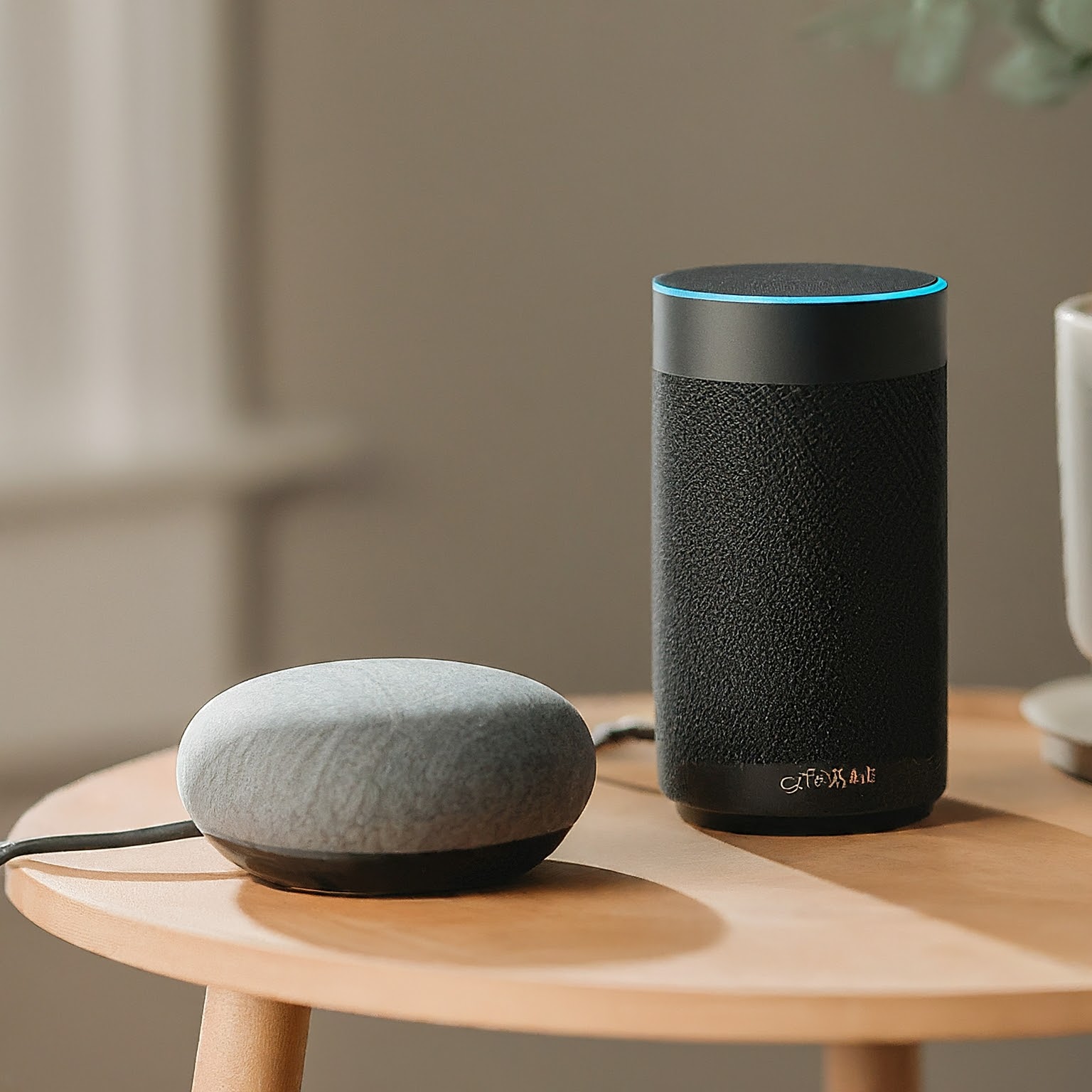
How a Smart Home Works: Beyond the Buzzwords
The concept of a "smart home" has been around for decades, but it often comes wrapped in marketing jargon that leaves you more confused than enlightened. Let's dive under the surface to understand how these automated abodes really function.
The Invisible Network: It's All About the Protocols
Think of your smart home as a group of devices speaking different languages. To create a symphony of convenience, they need a way to communicate. This is where wireless protocols come in:
- Wi-Fi: The backbone for most smart devices. It offers strong signal strength and the internet connectivity many devices need.
- Zigbee & Z-Wave: These mesh-networking protocols are designed specifically for low-power home automation. Since each device acts as a signal repeater, they create a robust network covering your whole home.
- Bluetooth: Perfect for short-range communication between your phone and nearby devices. Ideal for actions like unlocking your smart lock as you approach your door.
The Brain and Its Helpers: Hubs and Voice Assistants
- The Smart Home Hub: This is the central conductor of your smart orchestra. It may be a dedicated device or even software running on a device like a smart speaker. The hub bridges protocols, allowing your Wi-Fi lightbulb to chat with your Zigbee thermostat.
- Voice Assistants (Alexa, Google Assistant, Siri): These aren't essential to a smart home's core function, but they're the maestro that lets you control things with just your voice. They translate your commands into actions your smart devices understand.
It's Not Magic, It's Code: The Power of Apps and Routines
- Smartphone Apps: Every smart device has its companion app. This is where you set up the device initially, customize its settings, and monitor its status.
- Routines (or Automations): The real magic of a smart home lies in routines. These are sets of instructions your devices follow based on triggers. Examples are:
- "Turn on the lights when I arrive home after sunset"
- "Lock the doors and turn off the AC when I leave the house."
- "Start the coffee maker when my alarm goes off."
Unseen Heroes: The Sensors
Smart homes aren't just about devices you control; they also use sensors to gather information and adapt their behavior:
- Motion Sensors: Triggering lights when you enter a room or activating security systems when there's unexpected movement.
- Temperature Sensors: Key for adjusting your smart thermostat based on real-time indoor temperatures.
- Contact Sensors: Detecting if doors and windows are open or closed, influencing heating/cooling and security actions.
- Smart Camera Footage: Cameras aren't just for security; their ability to analyze images can unlock actions like turning on porch lights when a package is delivered.
A Word on Security and Privacy
- Strong Passwords & Updates: Your smart home is only as secure as your weakest password. Use strong, unique passwords and always install device updates.
- Privacy Settings: Carefully manage what data smart devices collect and who they share it with. Opt-out of unnecessary data collection where possible.
The Bottom Line: It's an Ecosystem, Not a Single Gadget
A smart home isn't about a single flashy device; it's the interplay of devices, protocols, routines, and sensors that create a truly seamless living experience. The best part? You don't need to transform your house overnight. Start small with a device or two, build routines as you go, and let your smart home evolve organically with your needs.







